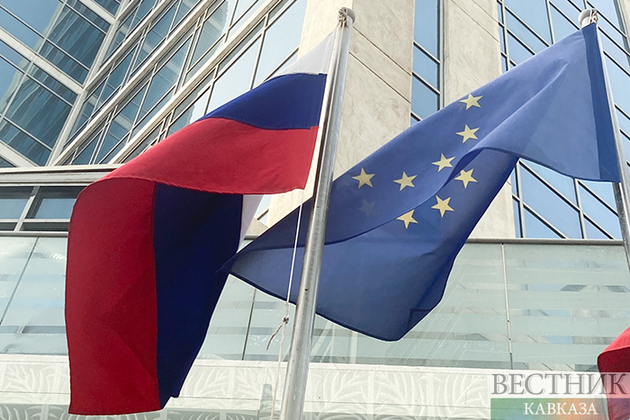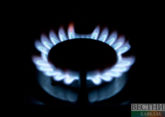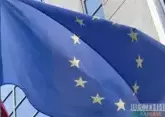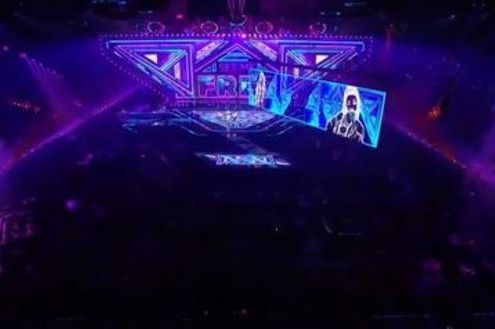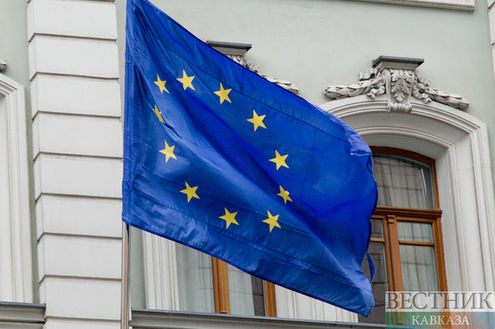According to an analysis of data from national statistical services, six EU countries have re-established February level of exports and imports with Russia.
According to the services, the export of seven EU countries to Russia already at the beginning of summer exceeded the February level: these are Latvia (by 67%), Slovenia (37%), Croatia (28%), Bulgaria (25%), Estonia (19%), Cyprus (12%) and Luxembourg (7%). Imports of goods from Russia also increased significantly in ten states. These are Slovenia (4,4 times), Croatia (2,7 times), the Czech Republic (2 times), Malta (88%), Spain (46%), Belgium (39%), Luxembourg (22%), Cyprus (13%), Estonia (11%) and Bulgaria (10%), RIA Novosti reports.
Thus, Bulgaria, Cyprus, Luxembourg, Slovenia, Croatia and Estonia simultaneously increased imports and exports to winter levels.
The largest decline in supplies to Russia in value terms is still observed in 18 EU countries year-on-year, although now European countries are increasing exports to Russia, Austria and Greece have narrowed the gap as much as possible compared to February.
Nine EU countries showed the largest annual decline in imports from Russia, but 13 European countries in the first half of the year generally reduced the import of Russian goods in monetary terms.
In general, in the first half of the year, exports of goods from the EU to Russia decreased by 31% (to 28,4 billion euros from 41,1 billion a year earlier). But imports grew by 83% (from 66.4 billion to 121,7 billion euros).
Let us remind you that after the start of Russia's special operation in Ukraine, the EU began to impose sanctions against Moscow, including restricting the export of various goods. The main export restrictions were adopted in the spring, when it was banned to export to Russia many types of equipment, technological products and consumer goods worth more than 300 euros. Sanctions have also been imposed against the import of certain types of Russian raw materials and products, including direct bans and protective duties.
